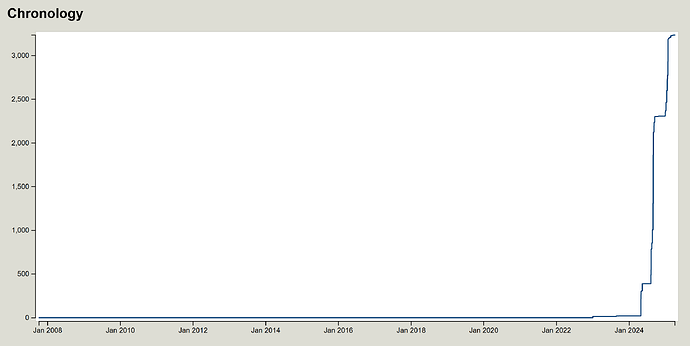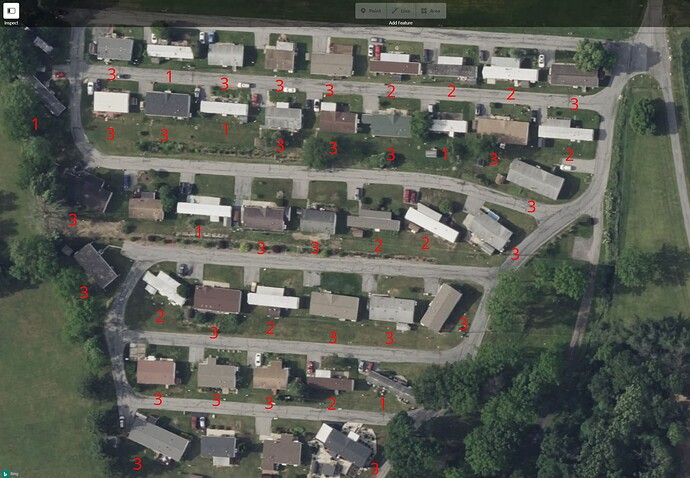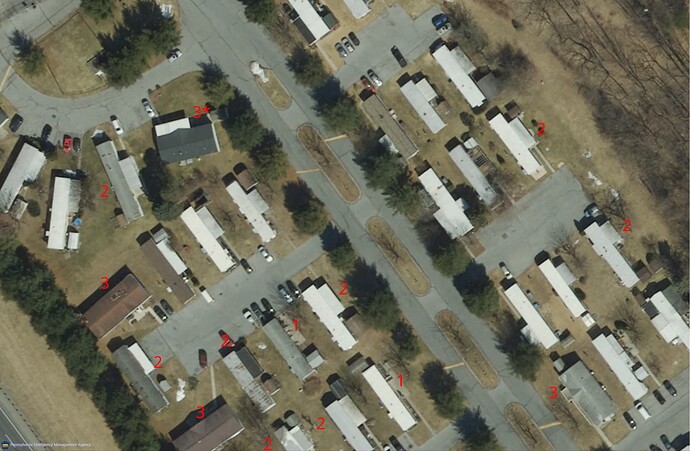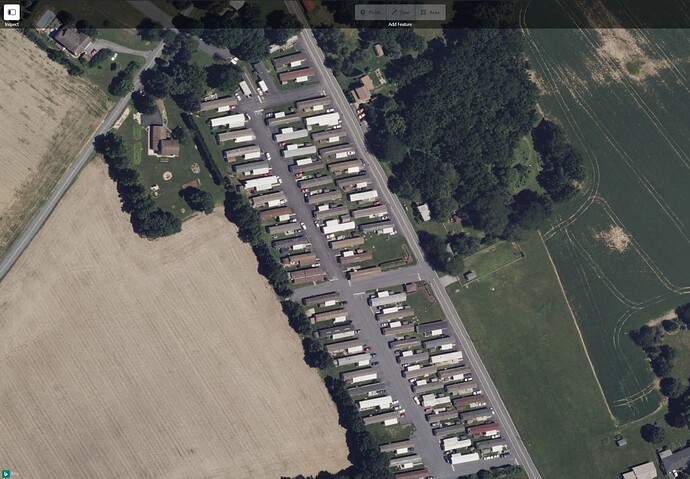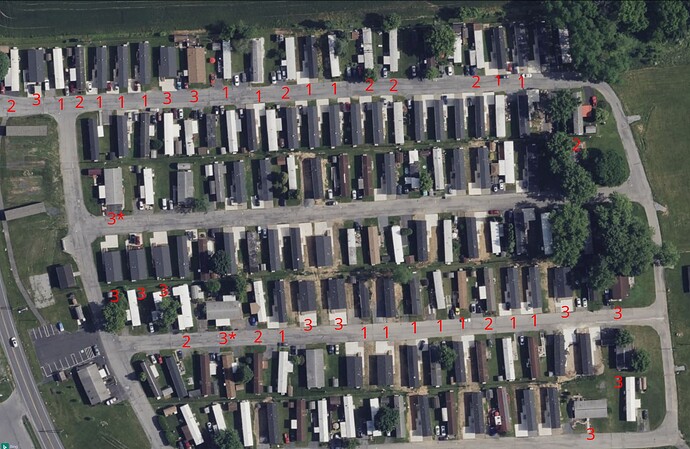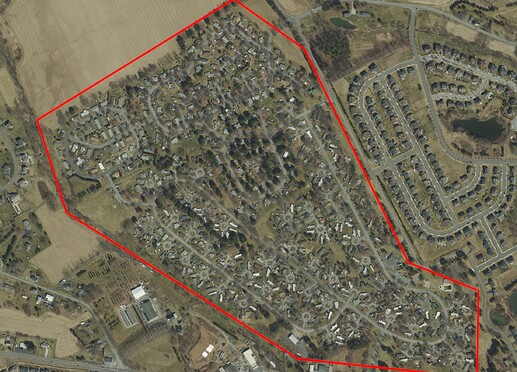TL;DR: probably just a misunderstanding. Let’s move this to chat if you still think further discussion is needed after my clarification.
To simplify, to me your statements seemed to convey the idea that “everyone tries to improve the map, but they are not always successful”. My take was more like “some people try to improve the map, and others to damage it (or promote their own agenda without regard how it affects the map). We should be nice to the people by default and presume the good faith, and thus not accuse people of wrongdoing unless/until there is enough evidence to prove it, at which time we should drop that assumption of good faith and react to repair and protect the map”.
We are talking of orthogonal ideas, even if both are stemming from the same phrase “assume good faith”.
I disagree here. People intentionally ignoring the rules and going against community consensus to push their own agenda (e.g. that last example of mine) is IMHO providing enough evidence that is not done in good faith, even it they sincerely believe it will “improve the map” in the end. (Yeah, technically good faith would’ve been assumed at the beginning of their hypothetical post, but that assumption would’ve been disproved by the end of it).
e.g. people repeatedly edit-warring by changing the name from Ukrainian to Russian and removing name:uk in Ukraine might think they’re “doing the good thing” and “improving the map” (“Hey we’ve declared that region annexed as part of the Russia now, so now we decide what language may be spoken there, and if you dislike that, speak to this AK47”); yet I’d argue they would not be not acting in good faith in that case. YMMV.
Agreed. I guess it might be explained by that phrase using less then ideal words.
If it were “presume good faith” (i.e. “take for granted as being true in the absence of proof to the contrary”) instead of “assume good faith” (i.e. “To take for granted” - without further implied qualifiers) there would be much less potential for confusion / incorrect understanding. Wikipedia and OSM wiki work around that problem by explicitly noting in their longish articles under which conditions such assumptions may take place (and in which they may not) and thus clarity what they mean exactly, but those conditions/clarifications were missing from your post, so it got different meaning to me.
Looking your further clarifications from you it seems now that you meant to add those qualifiers i.e. parts in the parenthesis: “Assume good faith (but only until the evidence to the contrary becomes evident)”, but forgot to do it (or assumed everyone would also assume existence of some unknown set of unstated conditions as you did).
Yes, in that quote which it replied to seemed to me to imply so - I’ve understood you meant that “you can assume good faith always when AI is used to make automated or semi-automated edits” and not “you can assume good faith only until such time that assumption becomes suspect - which might be quite often” (which is what I meant).
The meaning of those two sentences is (hopefully evidently) quite different.

